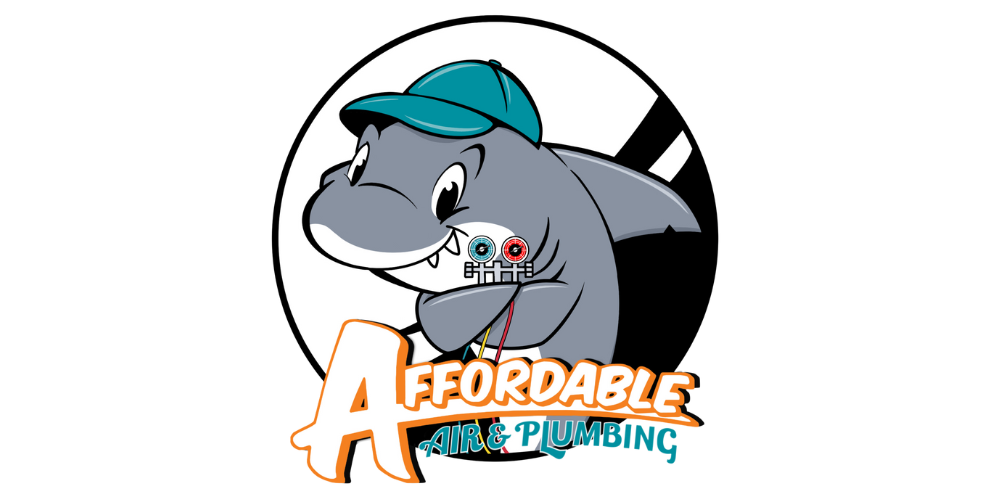Sewer Systems Unveiled: Understanding How They Operate
Sewer lines are an essential but often overlooked component of modern infrastructure. These underground networks play a crucial role in transporting wastewater away from homes and businesses, ensuring sanitation and public health. In this blog post, we'll take a deep dive into how sewer lines work, from their design and construction to their maintenance and functionality.
Understanding the Basics:
Sewer lines are underground pipes that collect and transport wastewater from sinks, toilets, showers, and other plumbing fixtures to treatment facilities or septic tanks. They form a complex network beneath our cities and communities, connecting individual properties to municipal or private sewage systems.
Design and Construction:
Sewer lines are typically made from durable materials such as PVC (polyvinyl chloride), clay, concrete, or cast iron. These pipes are designed to withstand the corrosive effects of wastewater and the pressure exerted by the soil above them. The diameter of sewer pipes can vary depending on the volume of wastewater they need to handle and the size of the area they serve.
During construction, sewer lines are laid beneath the ground at a carefully calculated slope to facilitate the flow of wastewater through gravity. Manholes and access points are installed at regular intervals to allow for maintenance and inspection of the sewer system.
Functionality:
Once installed, sewer lines operate on a simple principle: gravity. Wastewater flows downhill, guided by the slope of the sewer pipes, towards the nearest treatment facility or septic tank. Along the way, the sewage may pass through lift stations or pumping stations to overcome elevation changes or to navigate obstacles in the terrain.
At treatment facilities, wastewater undergoes a series of processes to remove contaminants and pollutants before being discharged back into the environment or recycled for reuse. These treatment methods may include filtration, biological digestion, and chemical treatment to purify the water and protect public health and the environment.
Maintenance and Upkeep:
Proper maintenance is essential to ensure the continued functionality of sewer lines. Regular inspection and cleaning help prevent blockages, leaks, and other issues that can disrupt the flow of wastewater and lead to backups or overflows. Sewer line maintenance may involve hydro jetting, CCTV inspections, and repairs or replacements of damaged pipes or components.
Conclusion:
Sewer lines are a vital component of modern infrastructure, providing a safe and efficient means of transporting wastewater away from homes and businesses. Understanding how sewer lines work can help us appreciate the importance of proper maintenance and investment in our sewer systems to ensure their continued reliability and functionality. At Courtesy Plumbing and Heating, we offer professional sewer line services to help keep your plumbing system running smoothly and your community healthy and clean. Contact us today for all your sewer line needs!

